Tech From the BMW I8 is Finally Trickling Down to Regular Cars

When it hit the market, the BMW i8 was lauded for its awesome looks and futuristic technology. A few years later, the i8’s advanced powertrains and unique production methods have trickled down to regular cars in the BMW Group lineup.
That pattern describes exactly what a halo car should be: a car that sits on top of an automaker’s lineup that shines a positive light on all other cars in the family. A halo car represents the very best of what is offered from a brand. It should excite potential customers and give them a peek into what the future holds, with the thought that the things that make the halo car so special will end up in regular cars as well one day.
The i8’s halo effect started in the 7 Series, where BMW applied the lessons it learned in making the i8’s (and i3’s) carbon fiber passenger cell to the large luxury sedan. At the time of its introduction, the latest generation 7 Series sported more carbon fiber than in any mass-produced car to date. The creation of the i8 also contributed to the development of carbon fiber parts on M2, M3 and M4.
The i8’s trickle-down effect is continuing with the recently revealed iPerformance brand, where BMW is taking another lesson learned from the i8 into mainstream vehicles: hybrid powertrains. The iPerformance lineup in the U.S. includes three cars: the 330e, the 740e xDrive, and the X5 xDrive40e. All models use a hybrid powertrain comprised of a turbocharged four-cylinder and an electric motor.
Speaking with Jose Guerrero, Product Manager for BMW i and BMW M, he explained that the main focus for BMW is to not let the new hybrid vehicles feel like something boring to drive, like a Toyota Prius. To do that, they looked to the exhilarating BMW i8, a car that is commonly described as a blast to drive, despite its relatively low power numbers (357 hp). The fun-to-drive nature comes through an e-Boost feature that uses the electric motors to provide extra acceleration. At the same time, the iPerformance cars are extremely fuel friendly. The 330e earns 71 MPGe, the 740e xDrive gets 64 MPGe and the X5 xDrive40e earns 56 MPGe. All BMW iPerformance cars can be plugged in and have an all-electric range of 14 miles on a single charge.
When the onboard battery is depleted, the car acts like a normal hybrid BMW, with low fuel consumption. Without a charge, the 330e earns 30 MPG combined, the 740e xDrive earns 27 MPG combined and the X5 eDrive40e gets 24 MPG combined.
See Also: MINI’s Largest Model Ever is Also its First Plug-in Hybrid
Finally, Guerrero explained that the i8 actually has an impact on other BMW Group vehicles, pointing out that the just revealed MINI Cooper S E Countryman ALL4 is practically a backwards i8. The new MINI uses a turbocharged three-cylinder engine to power the front axle and an electric motor to power the rear axle. Like the rest of the hybrids mentioned, it can be plugged in and is capable of getting 24 miles on a charge.
In a way, the i8 gave birth to a whole range of new BMWs (and even a MINI), be it exciting sports cars, extremely advanced executive limos, and mass market hybrid offerings. If there was any doubt before, it’s truly become a halo car for the automaker and will continue to preview future products from the brand.

Sami has an unquenchable thirst for car knowledge and has been at AutoGuide for the past six years. He has a degree in journalism and media studies from the University of Guelph-Humber in Toronto and has won multiple journalism awards from the Automotive Journalist Association of Canada. Sami is also on the jury for the World Car Awards.
More by Sami Haj-Assaad



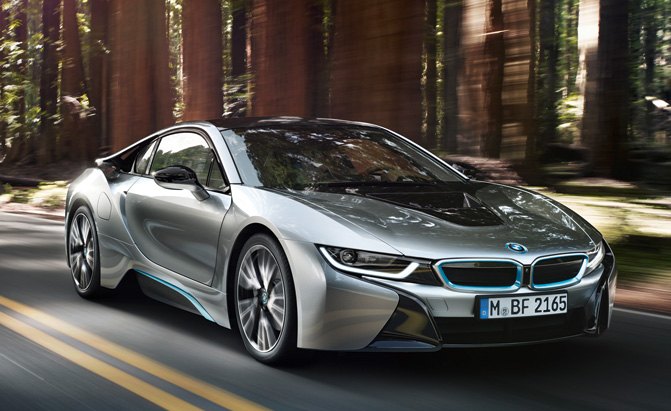















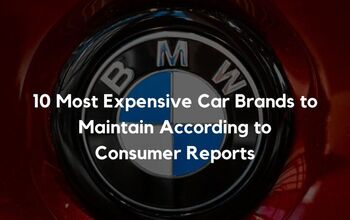


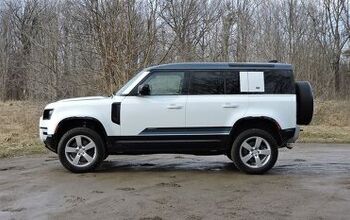



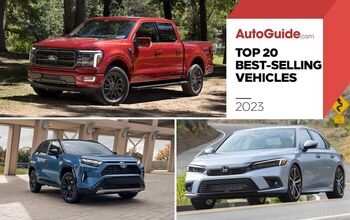

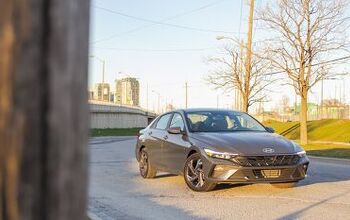

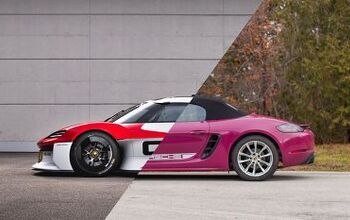

Comments
Join the conversation